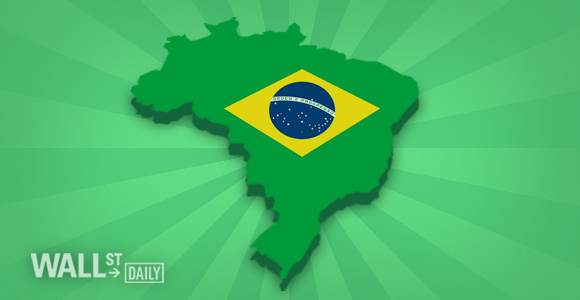
In retrospect, it was a clear sign of a market top…
A few years ago, I was waiting to speak as an energy specialist was wrapping up his presentation. He closed with a recommendation of Brazil’s energy giant Petrobras (PBR), boldly predicting that its market value could reach more than a trillion dollars.
While Petrobras stock reached $71 in 2007, it now trades under $5.
And just last month, Brazil itself lost the coveted investment grade status it earned in 2008.
We’re likely close to the bottom, as well as what Sir John Templeton famously referred to as the point of maximum pessimism.
Does this mean we should count Brazil out? On the contrary. Despite the country’s troubles, Brazil represents an undervalued emerging market opportunity.
Trouble in Paradise
So what’s wrong with Brazil? Where to begin…
Brazil is a giant commodity play and, from oil to iron ore, prices have been in a free fall. President Dilma Rousseff is embroiled in a scandal amidst charges of corruption and mismanagement. Brazil’s bloated government has 39 ministries and a widening fiscal deficit.
Inflation is soaring and its currency, the real, has lost 36% of its value against the U.S. dollar in the last year. Brazil’s stock market is reeling. The Brazil iShares ETF (EWZ) is down 49.8% in the last year and small caps are down 63%.This brings the market back to levels last seen in 2009 during the global financial crisis.
State-owned Petrobras is down 70% this year alone and is weighed down by $107 billion of debt – $80 billion of which is denominated in U.S. dollars. (ExxonMobil (XOM) has a market value 10 times that of Petrobras.)
Buy and Hold Is a Losing Game
This is the way it is with some emerging markets. It’s a rollercoaster ride as stocks swing from euphoria to despair. Investors need to manage risk by waiting for a sharp selloff and then scooping up distressed deep-value assets.













Leave A Comment